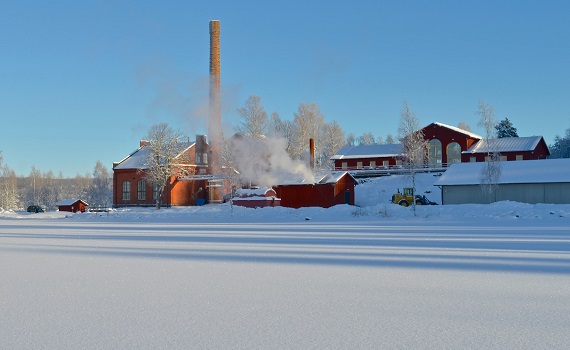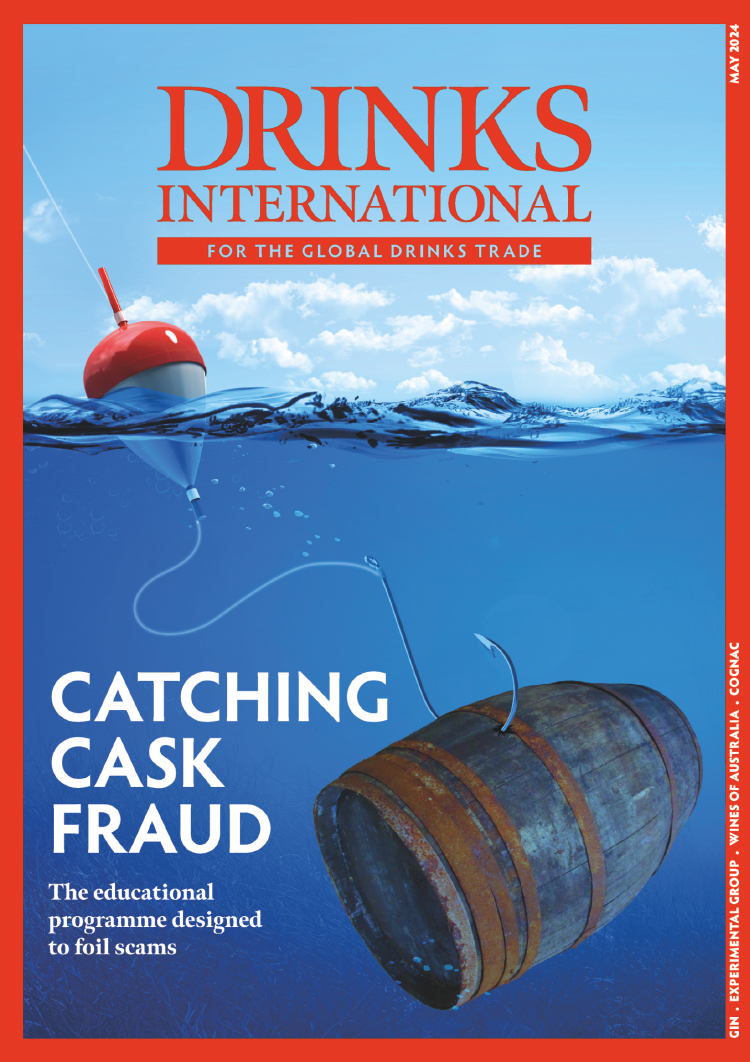_________________________________
ALCOHOL DRINKING is declining and in the Nordic countries –Denmark, Norway, Sweden and Finland – it is no different. From 2010 to 2016 overall consumption has fallen by 9% in the region. Average consumption across Scandinavia is 7.5 litres of alcohol per person – well below the EU average of 8.7ltr, according to Diageo, the world’s largest premium drinks company.
Mikael Lundén, Diageo Reserve’s senior Nordic brand ambassador whisky & rum, tells Drinks International: “We see whisky being enjoyed right across society, across all social classes and age groups. Across the Nordic region, we see people drinking better, not more. People are generally more interested in premium products with a sense of history and provenance and, with our strong portfolio of brands such as Johnnie Walker, Talisker and Lagavulin, Diageo is well placed to be a trend leader.
“The global trends around cocktails and mixology have been really strong in the Nordics, with customers wanting to drink better quality spirits. We have also spent a lot of time working with our customers on their knowledge of our brands and through activities such as World Class & Bar Academy, where we work with bartenders to improve the experience consumers get when ordering a drink,” says Lundén.
The other global spirits company, Pernod Ricard, owns Irish Distillers which makes the major Irish whiskey brand Jameson. Global brand director Dan Lundberg, tells DI: “The whiskey category continues to thrive in Scandinavia, with the main growth being seen in the premium-plus categories, where the wider Jameson Family is priced.
“Premium whiskey is the largest segment and continues to be dynamic, growing at 18.2% in the year ending June 2016, which has been supported by Jameson. This is the result of strong development in the off-trade, due to the rise in at-home consumption of premium-and-above spirits, and the on-trade, driven by the growth in cocktail culture and beer backs.
“The key whisk(e)y trends we are seeing emerge in Scandinavia are premiumisation, growing levels of consumer knowledge of and interest in whisk(e)y, and brand innovation. In response to increasing consumer knowledge and demands for more information about whiskey, we unveiled the brand new Jameson Family in June last year, which redefined the Jameson range and encourages drinkers to embark on a credible and meaningful exploration of the category,” says Lundberg.
Denmark is a ‘free’, open, market for alcohol, like most European countries, whereas retail in Norway, Sweden and Finland is run by state-owned monopoly shops. Their buyers determine who drinks what in their respective countries, except for travel retail/duty free. Out-of-home drinking is expensive.
Historically, Norway and Finland are important markets for brandy, specifically cognac. The Danes like their whisky, particularly scotch, but Denmark was a producer and is still a significant consumer of akvavit (the Norwegian company Arcus took over Danish Distillers, closed the Aalborg distillery and is now the major producer of virtually all aquavit in Scandinavia). The Norwegians also like their ‘akevitt’. They age it and savour it like scotch. But they also like a whisky.




